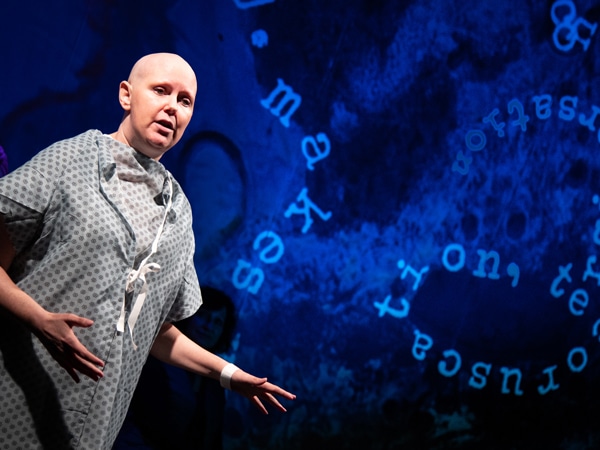Ovarian Cancer

There are three types of ovarian cancer in adults. Ovarian epithelial cancer beings in the tissue covering the ovary, lining the fallopian tube, or the peritoneum, which is the tissue that lines the abdominal wall and covers organs in the abdomen. Ovarian germ cell tumors start in the egg or germ cells. Ovarian low malignant potential tumors begin in the tissue covering the ovary, and they are characterized by abnormal cells that may become cancer, but usually do not.
An estimated 5 percent to 10 percent of ovarian cancers are caused by inherited gene mutations. Three hereditary patterns have been identified: ovarian cancer alone, ovarian and breast cancers, and ovarian and colon cancers. There are tests that can detect mutated genes. These genetic tests are sometimes done for members of families with a high risk of cancer.
According to the National Cancer Institute’s Surveillance, Epidemiology, and End Results (SEER) Program, an estimated 19,680 women in the United States will be diagnosed with ovarian cancer and 12,740 will die from the disease in 2024.
Ovarian, Fallopian Tube, and Primary Peritoneal Cancer Screening (PDQ®) Ovarian, Fallopian Tube, and Primary Peritoneal Cancer Prevention (PDQ®) Ovarian Epithelial, Fallopian Tube, and Primary Peritoneal Cancer Treatment (PDQ®) Ovarian Germ Cell Tumors Treatment (PDQ®) Ovarian Low Malignant Potential Tumors Treatment (PDQ®)Source: National Cancer Institute



